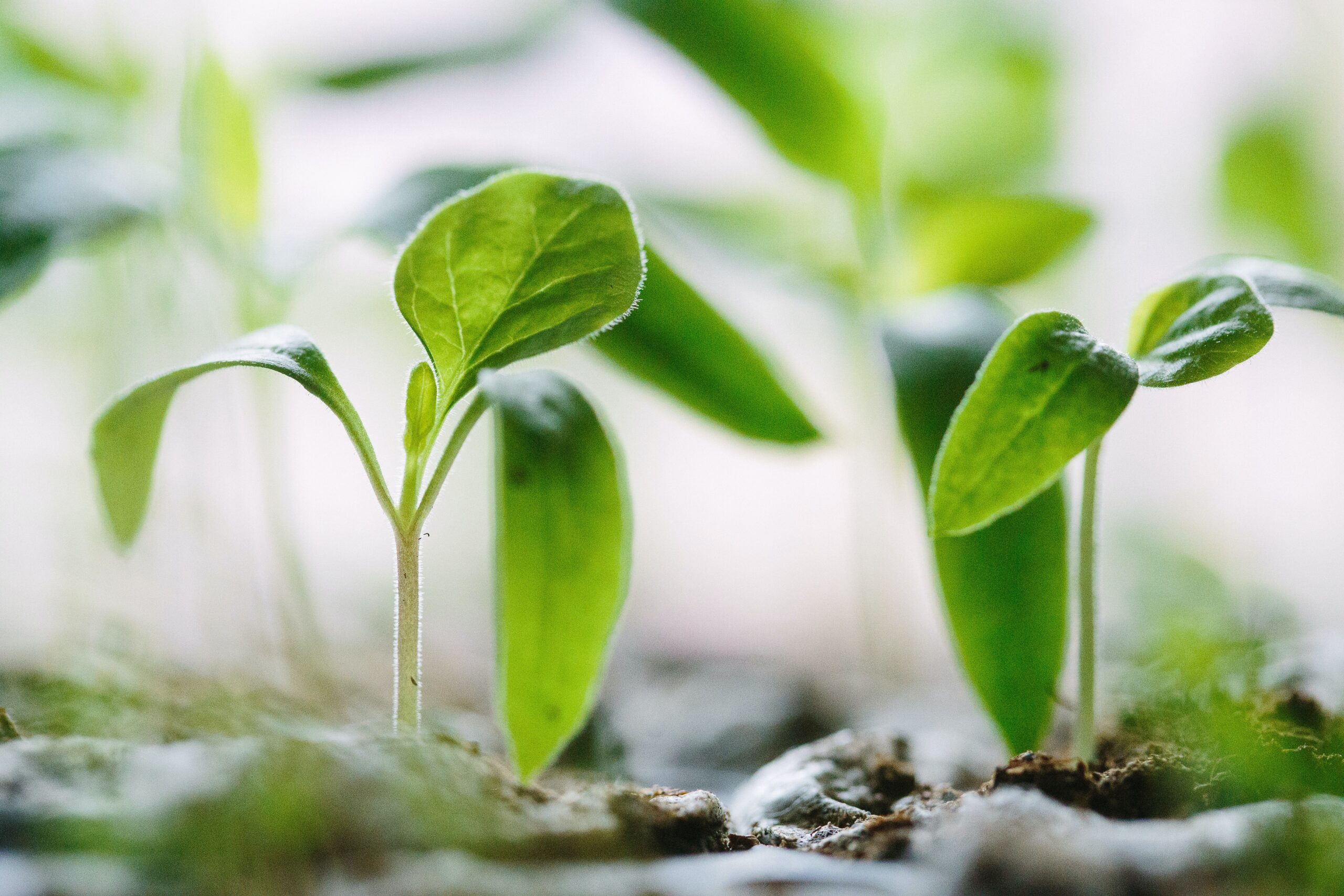Temperature and humidity monitoring plays a crucial role in the agricultural industry. By regularly measuring and monitoring these factors, farmers can maintain optimal crop growth conditions and effectively prevent disease onset. This ultimately leads to increased agricultural productivity.
Sensors are employed to collect data on temperature and humidity levels in various agricultural areas, including crop fields, greenhouses, and storage facilities, to accomplish this. This data is then fed into advanced data collection systems that utilize Internet of Things (IoT) technology. These systems enable real-time monitoring and analysis of the collected data, providing farmers with valuable insights into the environmental conditions of their agricultural areas.
What farmers can do with the collected data?
By utilizing these sensors, data collection systems, and analysis techniques, farmers can make informed decisions about various management measures. For example, the data can guide irrigation practices, ensuring crops receive optimal moisture levels. Similarly, it can help regulate ventilation systems, controlling temperature and humidity within greenhouses to create an ideal growing environment. The collected data can also aid in pest control decisions, allowing farmers to take appropriate actions to combat potential threats.
Simple handheld devices and intricate networks of sensors linked to centralized data collection systems can be used as temperature and humidity monitoring systems. Technology advancements have led to increased wireless sensors and Internet of Things (IoT) devices, which provide real-time monitoring and remote access to data. Farmers can now receive immediate notifications, monitor trends, and base their decisions on the gathered data.
An example of what described can be the quality of the straw and hay, that is an essential factor in livestock feeding. Only when the grass clippings are dried does the forage become durable and suitable for storage. If the hay is too wet, bacteria and mold can spread, making the forage unusable. If the temperature is too high, there is a risk that the hay and straw will catch fire.
‘By using IoT, we can expect an increase in production at low cost by monitoring the efficiency of the soil, temperature, and humidity monitoring, rainfall monitoring, fertilizers efficiency, the storage capacity of water tanks, and also theft detection in agricultural areas.’ (1)
IoT devices offer numerous benefits in agriculture, particularly for optimizing crop growth. This technology enables farmers to monitor and manage various environmental factors, such as temperature and humidity, which are crucial for the optimal development of different crops. Farmers can create and maintain the ideal conditions required for their crops to flourish and yield high-quality finished goods by employing IoT sensors and monitoring systems.
Benefits of IoT technology for Agriculture
Let’s start with crop growth optimization. Farmers can benefit from automation and precision agriculture by harnessing IoT technology for crop growth optimization. IoT devices can be integrated into irrigation systems, enabling automated water management based on real-time data analysis. This ensures crops receive the appropriate amount of water at the right time, avoiding under and over-irrigation. Farmers can prevent water wastage by controlling irrigation practices and ensuring efficient use of resources. For optimal growth, various crops have specific temperature and humidity needs. Farmers can create the perfect environment for their crops to have quality finished goods by monitoring. By optimizing the temperature and humidity for the crops, farmers can extend the season and grow more crops.
Secondly, by determining the early signs of disease symptoms, farmers can take measures to prevent possible diseases that could happen.
Thirdly, irrigation management or, in other words, water management in agriculture. Temperature and humidity levels are the key elements for growing a high-quality crop. If farmers can monitor and measure the humidity levels of the crops, they can schedule the watering and prevent over or underwater. With the right amount of water, the crops can thrive.
Fourthly, climate change negatively affects agriculture. Farmers should monitor the temperature and humidity changes to understand what the crop wants. Plus, farmers could understand and adapt to these conditions when collecting data.
Fifthly, temperature and humidity sensors can be incorporated into automated agricultural systems, such as innovative irrigation systems or climate-controlled greenhouses. This is known as precision agriculture. Real-time data from these sensors enables computerized systems to change the environment independently. Utilizing such data, precision agriculture approaches improve resource allocation, decrease waste, and boost overall productivity in agricultural operations.
Lastly, technologies have advanced so that it is now possible to monitor the temperature and humidity levels in agricultural settings remotely. Farmers can receive real-time updates and notifications on their cellphones or PCs, enabling them to react quickly to any deviations from ideal conditions. While farmers can only sometimes be physically present on-site or while operating large-scale farms, this remote monitoring feature is beneficial.
Overall, temperature and humidity monitoring in agriculture is critical in maximizing crop yields and maintaining the health of agricultural systems. By regularly monitoring these variables, farmers can optimize their operations and significantly enhance their productivity. Temperature and humidity monitoring in agriculture is captivating because it allows farmers to create optimal growing conditions, prevent diseases, optimize resource usage, adapt to climate change, and enhance overall productivity and sustainability in agricultural practices.
Our device NI300TH Adopts a Sensirion industrial-grade digital temperature & humidity sensor, providing ±0.3°C high-temperature accuracy and ±3% RH of humidity. The combination with LoRaWAN® gateway (NI65, NI67) and IoT Cloud solution allows users to manage all sensor data remotely and visually. NI300TH is widely used for indoor and outdoor applications such as offices, hospitals, factories, greenhouses, etc.
Discover the wireless and wired solutions of Next Industries – MILANO – for the data collection of this type of application, capable of transmitting data even over long distances and in challenging environmental conditions.
References:
- S. R. Prathibha, A. Hongal and M. P. Jyothi, “IOT Based Monitoring System in Smart Agriculture,” 2017 International Conference on Recent Advances in Electronics and Communication Technology (ICRAECT), Bangalore, India, 2017, pp. 81-84, doi: 10.1109/ICRAECT.2017.52.
